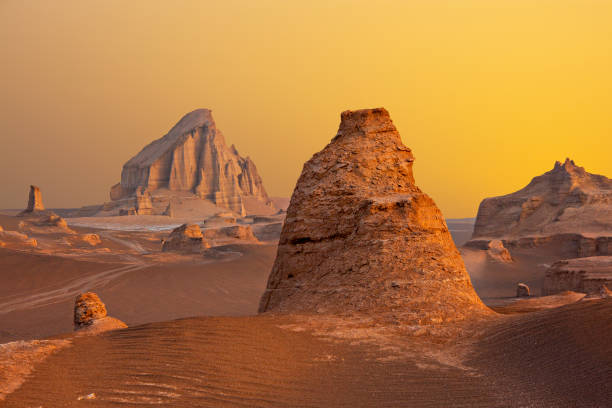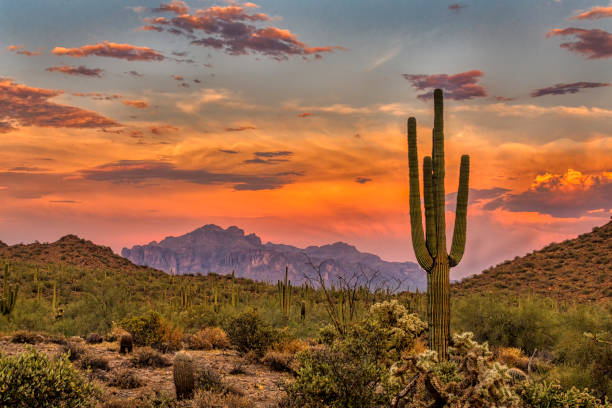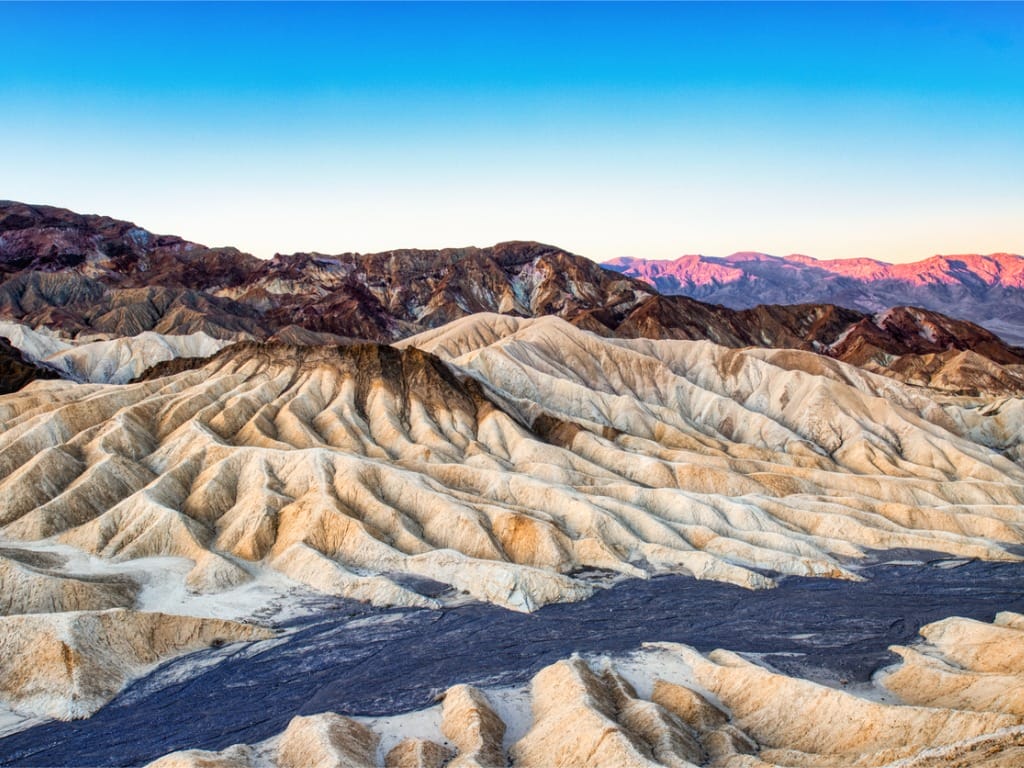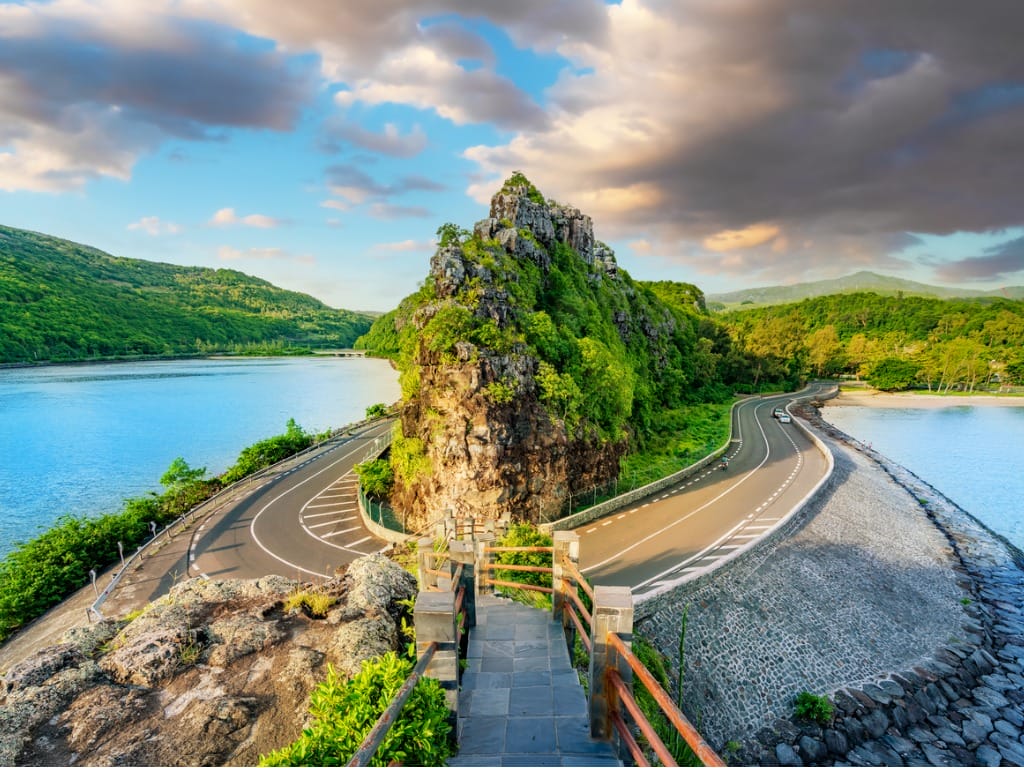In a world full of diverse climates, it is fascinating to explore the extreme regions that push the boundaries of heat. From scorching deserts to bustling urban areas, these sizzling wonders offer us a glimpse into the raw power of nature and the adaptability of life in the face of high temperatures. Join us as we embark on an adventure to uncover the hottest places on Earth.

Understanding Heat: The Science Behind Earth’s Hottest Spots
The science behind Earth’s hottest spots is a complex interplay of various factors. One crucial element is the role of latitude and longitude in determining temperature. As we move closer to the equator, the intensity of the sun’s rays increases, leading to higher temperatures. This phenomenon can be observed in countries like Ecuador and Indonesia, which are located near the equator and experience consistently high temperatures throughout the year. The equatorial regions receive direct sunlight, resulting in a more significant amount of heat being absorbed by the Earth’s surface.
Similarly, places located further away from large bodies of water experience more significant temperature fluctuations due to the absence of a moderating effect. Coastal areas, such as California and Florida, benefit from the cooling effect of the ocean, which helps to regulate temperature. In contrast, landlocked regions like the Sahara Desert and the Gobi Desert experience extreme heat during the day and frigid temperatures at night due to the lack of water bodies to moderate the climate.
Another key factor is the impact of altitude on heat levels. As we ascend to higher elevations, the air becomes thinner, resulting in reduced heat retention. Mountainous regions often experience colder temperatures despite being located in proximity to hot areas. For example, the Andes Mountains in South America / Central America have peaks that reach high altitudes, leading to cooler temperatures even though they are located near the equator.
Furthermore, the changing climate patterns brought about by global warming have a profound influence on the Earth’s hottest regions. Rising temperatures and shifting weather patterns are exacerbating heat waves and making already scorching places even more unbearably hot. This is evident in places like Death Valley in California, which holds the record for the highest temperature ever recorded on Earth. The combination of its low elevation, lack of vegetation, and intense solar radiation makes it a hot spot for extreme heat.
Additionally, urban heat islands contribute to the intensification of heat in certain areas. Cities with vast concrete jungles and limited green spaces absorb and retain heat, creating localized hot spots. These urban areas experience higher temperatures compared to their surrounding rural areas, known as the urban-rural temperature difference. Factors such as the concentration of buildings, asphalt roads, and reduced vegetation contribute to the urban heat island effect.

The Desert Furnaces: Earth’s Hottest Deserts
Deserts, with their vast expanses of sand and a scarcity of water, are known for their extreme heat. One such desert that captivates both the imagination and senses is the Sahara. Stretching across North Africa, the Sahara is a sea of sand and unyielding sun. Temperatures in this renowned desert regularly soar above 120 degrees Fahrenheit (49 degrees Celsius), creating an unforgiving environment.
In North America, Death Valley holds the honor of being the hottest place. Situated in California, this arid landscape is blisteringly hot and holds the record for the highest temperature ever recorded on Earth, with a scalding 134 degrees Fahrenheit (56.7 degrees Celsius). A visit to Death Valley is an awe-inspiring experience, showcasing the raw power of the sun’s heat.
For those seeking record-breaking temperatures, the Lut Desert in Iran does not disappoint. This stunning desert scorches the Earth with temperatures reaching a blistering 159 degrees Fahrenheit (71 degrees Celsius). It holds the title for the highest surface temperature ever recorded, offering a glimpse into the extreme heat that defines this region.
Searing Cities: The World’s Hottest Urban Areas
While deserts dominate the list of hot spots, cities around the world also deserve recognition for their scorching temperatures. Kuwait City, located in the heart of the Arabian Desert, encapsulates the fusion of modern urban living with relentless heat. With summer temperatures regularly surpassing 120 degrees Fahrenheit (49 degrees Celsius), residents and visitors alike seek refuge in air-conditioned havens and indulge in refreshing oasis-inspired drinks.
Travel to the American Southwest, and you’ll encounter the blistering heat of Phoenix, Arizona. This city, nestled in the Sonoran Desert, experiences scorching summer temperatures that can easily surpass 110 degrees Fahrenheit (43 degrees Celsius). Despite the extreme heat, the resilience of the residents shines through as they navigate life in one of the hottest urban areas.
Invisible threads weave through the streets of Baghdad, Iraq, connecting its rich history to the present. This vibrant city, built on the banks of the Tigris River, is not only known for its past glory but also for its sizzling summer temperatures. With highs hovering around 120 degrees Fahrenheit (49 degrees Celsius), it takes a certain fortitude to endure the relentless heat that accompanies the city’s cultural tapestry.

Survival in Extreme Heat: Adaptations and Strategies
Humans, along with other remarkable creatures, have developed various adaptations to thrive in the face of extreme heat. Our ability to sweat helps cool our bodies as the perspiration evaporates from our skin. Seeking shade and rehydrating with plenty of fluids are essential strategies to combat the relentless heat. Furthermore, technological advancements in air conditioning have significantly improved our ability to traverse and inhabit even the hottest regions.
However, humans are not the sole inhabitants of scorching environments. Wildlife has also adapted to survive in these extreme conditions. From the camel’s ability to store water in its hump to the kangaroo rat’s remarkable capacity to live without drinking water, the animal kingdom showcases an array of innovative adaptations that keep them thriving in the hottest places on Earth.
Plant life, too, struggles and thrives in high-temperature environments. Some desert plants have developed remarkable mechanisms to minimize water loss and maintain their vitality amidst scorching conditions. Others have evolved unique root systems that reach deep into the ground to access precious water sources. Desert gardens, such as the impressive cactus collections found in Palm Springs, California, illustrate the resilience and beauty of plants that have adapted to survive in extreme heat.
Not every place we explore is comprised of beautiful beaches, perfect temperatures and abundant wildlife. However, beauty is in the eye of the beholder and these locations are some of the most unique in the world. One word of advice if you’re planning on exploring any of these spots: you can never have too much water!



